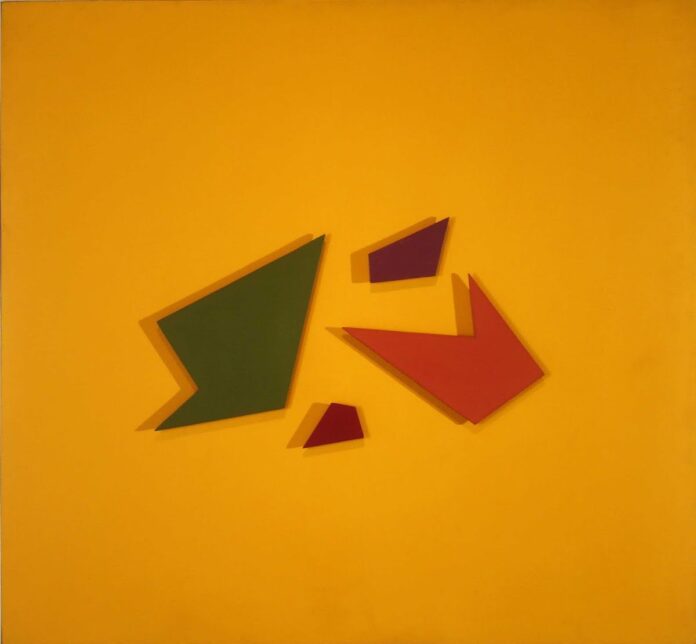Overcoming Procrastination: A Guide for Visual Artists
Procrastination is the act of delaying or postponing a task or set of functions. It is a common problem that affects people of all ages and backgrounds. Several factors can contribute to procrastination, including fear of failure, perfectionism, lack of motivation, boredom, distractions, overwhelm, low self-esteem, and mental health conditions such as anxiety and depression.
Procrastination can have several negative consequences, including increased stress and anxiety, decreased productivity, missed deadlines, and damaged relationships.
If you are struggling with procrastination, there are several things you can do to overcome it. You can set realistic goals by breaking down large tasks into smaller, more manageable ones. You can set deadlines for yourself and stick to them. You can reward yourself for completing tasks to stay motivated. You can find a distraction-free environment to work in, and if you struggle to overcome procrastination, you can talk to a therapist or counselor.
With a little effort, you can overcome procrastination and be more productive.
Procrastination is a common challenge for many people, including visual artists. The blank canvas, the daunting task of starting a new project, or the fear of failure can all lead to procrastination. However, there are a number of strategies that visual artists can use to overcome procrastination and get their creative juices flowing.
What is procrastination?
Procrastination is the act of delaying or postponing a task or set of tasks. It can be caused by a variety of factors, including fear of failure, perfectionism, boredom, or simply a lack of motivation. Procrastination can have a negative impact on both your personal and professional life. It can lead to stress, anxiety, and even depression.
Why do visual artists procrastinate?
There are a number of reasons why visual artists might procrastinate. Some common reasons include:
- Fear of failure: Visual artists may be afraid to start a new project because they are afraid of failing. They may worry that their work will not be good enough or that they will not be able to live up to their own expectations.
- Perfectionism: Visual artists may also procrastinate because they are perfectionists. They may want their work to be perfect before they share it with the world. However, this can lead to procrastination because they are never satisfied with their work and they keep putting things off.
- Boredom: Visual artists may also procrastinate because they are bored. They may find that their current project is not challenging enough or that they are not interested in it. This can lead to procrastination because they are not motivated to work on the project.
- Lack of motivation: Finally, visual artists may also procrastinate because they simply lack motivation. They may not have a strong desire to create art or they may be feeling overwhelmed by other commitments.
How to overcome procrastination
There are a number of strategies that visual artists can use to overcome procrastination. Here are a few tips:
- Set small goals: Don’t try to tackle a huge project all at once. Instead, break it down into smaller, more manageable goals. This will make the project seem less daunting and more achievable.
- Set deadlines: Give yourself deadlines for each of your goals. This will help you stay on track and avoid procrastination.
- Reward yourself: Reward yourself for completing your goals. This will help you stay motivated.
- Find a workspace: Find a workspace that is free from distractions and that is conducive to creativity.
- Take breaks: It’s important to take breaks when you are working on a project. Get up and move around, or take a few minutes to relax and clear your head.
- Join a group: Join a group of other artists who are also struggling with procrastination. This can help you feel supported and motivated.
Additional tips for visual artists
In addition to the general tips above, there are a few additional tips that visual artists can use to overcome procrastination:
- Start with a sketch: Don’t worry about making your first draft perfect. Just get your ideas down on paper.
- Don’t be afraid to experiment: Try new techniques and materials. Don’t be afraid to make mistakes.
- Share your work with others: Get feedback from other artists or friends and family.
- Don’t compare yourself to others: Everyone is on their own creative journey. Don’t compare your work to the work of other artists.
- Remember that it’s okay to not be perfect: Perfectionism can be a major obstacle to creativity. Don’t let the fear of failure prevent you from creating art.
Overcoming procrastination can be challenging, but it is possible. By using the strategies listed above, visual artists can get back on track and start creating the art they want to create.
I hope this article has been helpful. If you have any questions, please feel free to leave a comment below.
I would also like to add that procrastination is not always a bad thing. Sometimes, it can be helpful to take a break from a project and come back to it with fresh eyes. However, if procrastination is preventing you from achieving your goals, then it is important to find ways to overcome it.




